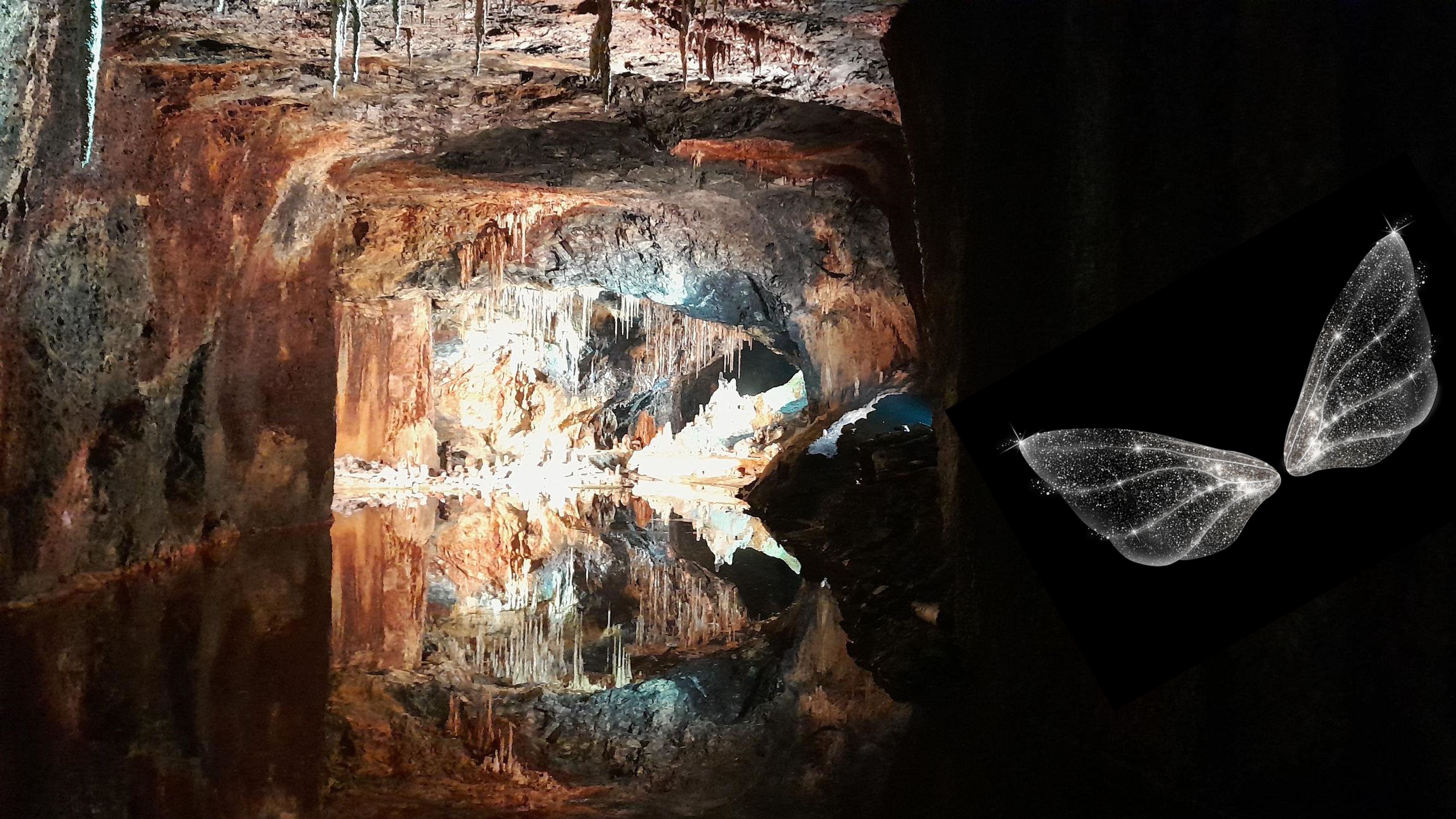DN Debate Final reply « FSC ducks the climate issue in the forest »

In the debate about the forest, there is a tendency to paint the forest companies as predators, whose only goal is to create short -term profits through harvesting. Yes, we have a responsibility as an listed company to create value for our shareholders, but in order to succeed with our business it is necessary to have prosperous forests and healthy ecosystems. We need to use the forest with regard to future generations and constantly work with the value of the land, the raw material and the biodiversity.
It is this mine Debate article was about. Not about who is formally able to say what, or what the internal decision -making processes look like in the environmental certification body FSC’s chamber system. The criticism I brought forward, and which FSC avoids Mindwhy the organization is unable to weigh climate benefit against other values in a balanced way.
To most of The replica is devoted to explaining the structure of the own organization rather than responding to the actual objections, has in itself become symptomatic. Holmen has for several years tried to have a factual dialogue on how FSC’s regulations in Sweden can be modernized. But time and time again we have been met by the same pattern, locks and focus on internal processes.
The member -driven chamber system counteracts consensus and balance
Contrary to what Anders Esselin claims, I mean that the member -controlled chamber system counteracts consensus and balance. Entrepreneurs are placed in one chamber, environmental organizations in another. FSC’s governance model strengthens the splashes instead of promoting dialogue on how increased climate benefit and biodiversity can go hand in hand.
So let me get back To the core question: FSC’s Swedish regulations do not take into account that the climate benefit created in active forestry with a focus on high growth can actually be reconciled with preserved biodiversity.
In order to follow developments in our forests we use established indicators To measure the conditions for biodiversity, including the proportion of older forests and volume dead wood, deciduous trees and coarse deciduous trees. These are based on data from the national forest assessment at the Swedish University of Agriculture (SLU), and the development is clear. Since 1996, all values have increased in our forests.
FSC mentions that there are different perceptions about the climate benefit of substitution effects. But this is not a scientific corner or detail. It is about concrete climate impact here and now, about replacing fossil materials with renewable forest raw materials, about building carbon dioxide -efficient and managing the planet’s resources. This is precisely the kind of solutions the world demands, but as today’s regulations in Sweden block.
I call for one Certification that works in practice and combines environmental requirements with real climate benefit. But to get there, FSC must release the defense position and instead think new with a focus on the whole. Sweden has one of the world’s most regulated forestry, with strictly implementation of EU rules.
If we are not allowed to use the forest to produce demanded products, they risk being made from timber from less sustainably used forests in other countries. In addition, Sweden gives record high timber supply Space to create climate benefit with renewable raw material from Swedish forests.
If a certification is not to counteract its own purpose, it must contribute to solutions – not create obstacles.






